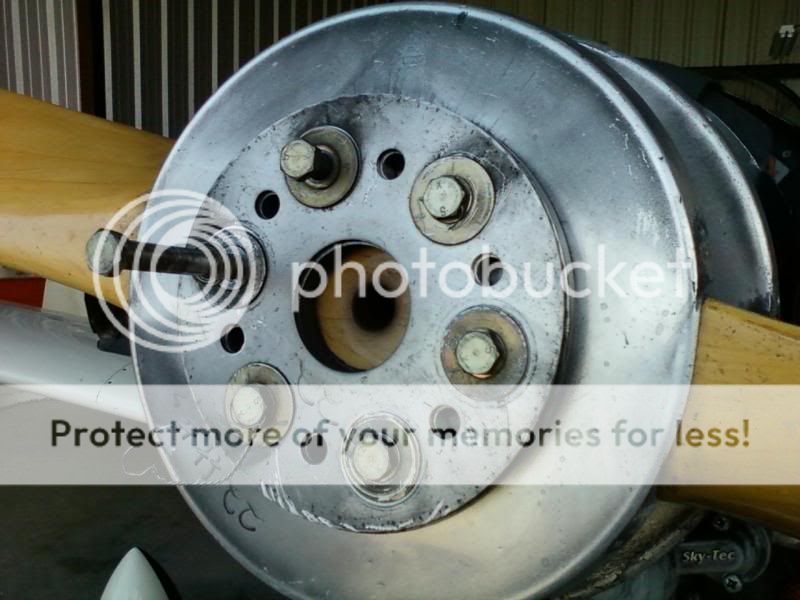WillyEyeBall
Well Known Member
On 12 May 2011, I was out practicing acro for the upcoming IAC contest in Grenada, MS 20-22 May. On several previous flights I had noticed a very slight vibration and had thought it was a fouled plug, but the vibration change was not consistent when switching mags. The vibrations seemed to increase on this date during the practice between 2400 and 2600 rpm so I throttled back and returned to the airport. I also had noted some dark gray smudges coming from the front and sides of the cowling on previous flights. We had replaced a broken front cowling bracket two months prior. When I first saw the smudges, The A&P and I had noticed that the rubber baffling around the cowling bracket and starter ring was touching and worn through, and thought this was the source of the small amount of residue.
After this flight, as we were about to remove and check the spark plugs, the A&P noticed more of the powdery residue and stated this was not rubber, but metal powder. On further investigation we found the prop could be moved perpendicular to the crank. When the spinner was removed, this is exactly what we saw. Two bolts had stripped and all the safety wire had broken. Tach time 608 hours.

Wooden prop (manufacturer will not be named), 70 x 78 inch was installed December 2007 with approximately 400 hours on the tach from installation to this incident 12 May 2011. This prop replaced the original 68 X 74 prop by the same manufacturer after engine was overhauled Conditional inspection with torque of prop bolts checked at 22 ft-lbs, on 28 Feb 2011. Tach time 570 hours.
My A&P mechanic thinks that the long prop bolts may have bottomed out, and created a false torque value when the bolts were retorqued on the conditional inspection. The previous engine overhaul company thinks the 8 ? inch bolts through the spacer were a contributing factor when the aircraft is used extensively for aerobatics. He recommends shorter prop bolts and using a spacer that is bolted to the engine flange and the prop bolted to the spacer. The prop and all the components on the hub were damaged and are being replaced. The engine will be torn down, inspected, and damaged parts replaced.
After this flight, as we were about to remove and check the spark plugs, the A&P noticed more of the powdery residue and stated this was not rubber, but metal powder. On further investigation we found the prop could be moved perpendicular to the crank. When the spinner was removed, this is exactly what we saw. Two bolts had stripped and all the safety wire had broken. Tach time 608 hours.

Wooden prop (manufacturer will not be named), 70 x 78 inch was installed December 2007 with approximately 400 hours on the tach from installation to this incident 12 May 2011. This prop replaced the original 68 X 74 prop by the same manufacturer after engine was overhauled Conditional inspection with torque of prop bolts checked at 22 ft-lbs, on 28 Feb 2011. Tach time 570 hours.
My A&P mechanic thinks that the long prop bolts may have bottomed out, and created a false torque value when the bolts were retorqued on the conditional inspection. The previous engine overhaul company thinks the 8 ? inch bolts through the spacer were a contributing factor when the aircraft is used extensively for aerobatics. He recommends shorter prop bolts and using a spacer that is bolted to the engine flange and the prop bolted to the spacer. The prop and all the components on the hub were damaged and are being replaced. The engine will be torn down, inspected, and damaged parts replaced.





